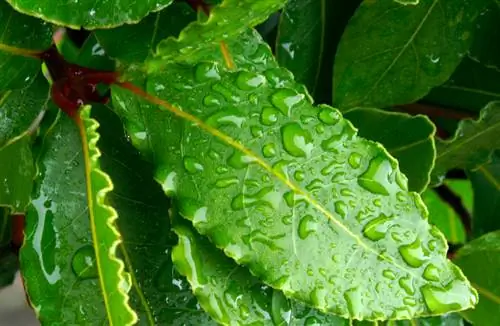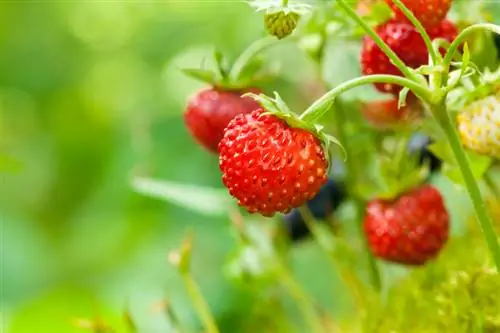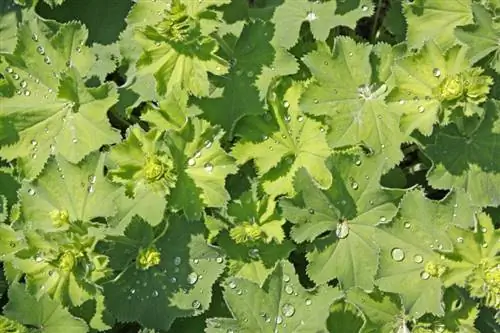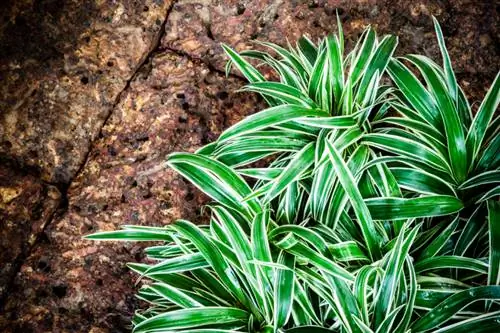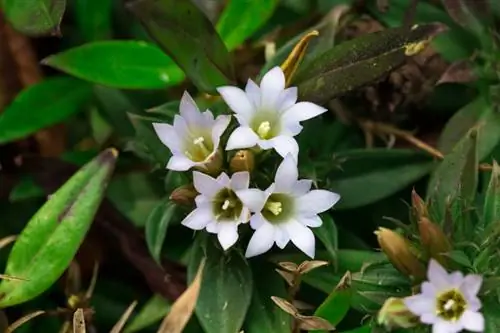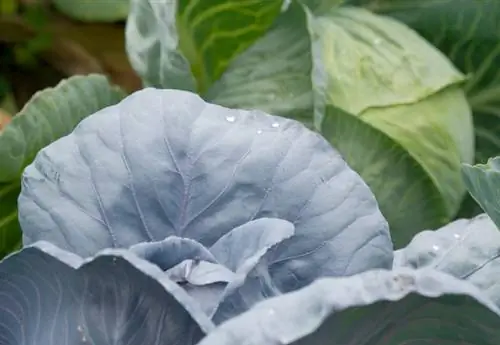- Author admin [email protected].
- Public 2023-12-16 16:46.
- Last modified 2025-01-23 11:20.
The real laurel and the cherry laurel belong to the laurel family, whose representatives are mostly evergreen and occur in different growth forms. The plants of the order Lauraceae used in the garden grow woody and in shrub form.
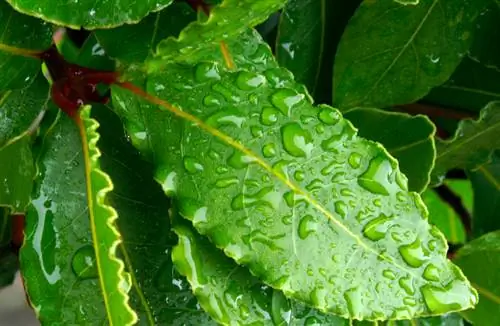
Which laurel species are known?
Different laurel species are the real laurel (Laurus nobilis), known as a spice and medicinal plant, and the cherry laurel (Prunus laurocerasus), which is widespread as a hardy hedge plant in Central Europe. Both belong to the laurel family, but are not directly related.
The many varieties of the laurel family
The botanical relatives of real laurel and cherry laurel include around 50 genera worldwide with almost 2,500 distinguishable species. Many of them are native to tropical areas; the well-known representatives of the laurel family include real laurel and cinnamon due to their use in the kitchen in this country. Economically important products made from plant components and fruits of the laurel family are:
- Avocados
- cinnamon bark
- Sassafras oil
- Rosewood oil
- Camphor
The real laurel as a spice and garden plant
Laurel occurs naturally in the Mediterranean region, which is why it has been integrated into Italian and Greek cuisine in the form of the leaves for thousands of years. The real laurel is also mentioned in Greek mythology, for example Daphne turns into a laurel tree while fleeing Apollo. Due to its great importance as a spice and medicinal plant, the real laurel has the melodious Latin name Laurus nobilis. In the Mediterranean region it can reach tree-sized heights of up to 10 meters. In this country, such a height cannot usually be achieved, as the real laurel can usually only be overwintered as a pot plant due to its sensitivity to frost. The plant bears small green-yellow flowers from which blue-black shiny berries are formed.
The cherry laurel as a garden plant
The so-called cherry laurel is actually called laurel cherry and is not botanically directly related to the real laurel. Although the leaves of this plant cannot be harvested for use in the kitchen like true laurel, it is hardy in most Central European locations. This property has helped the cherry laurel to become widespread as a hedge plant. The plants do not shed their leaves in winter and thus offer ideal privacy protection for the garden all year round.
Tips & Tricks
Although the varieties are not related to each other, true laurel and cherry laurel can easily be confused with each other by laypeople. However, true laurel has a more upright and less branched habit, its leaves are narrower and less shiny than those of cherry laurel.

